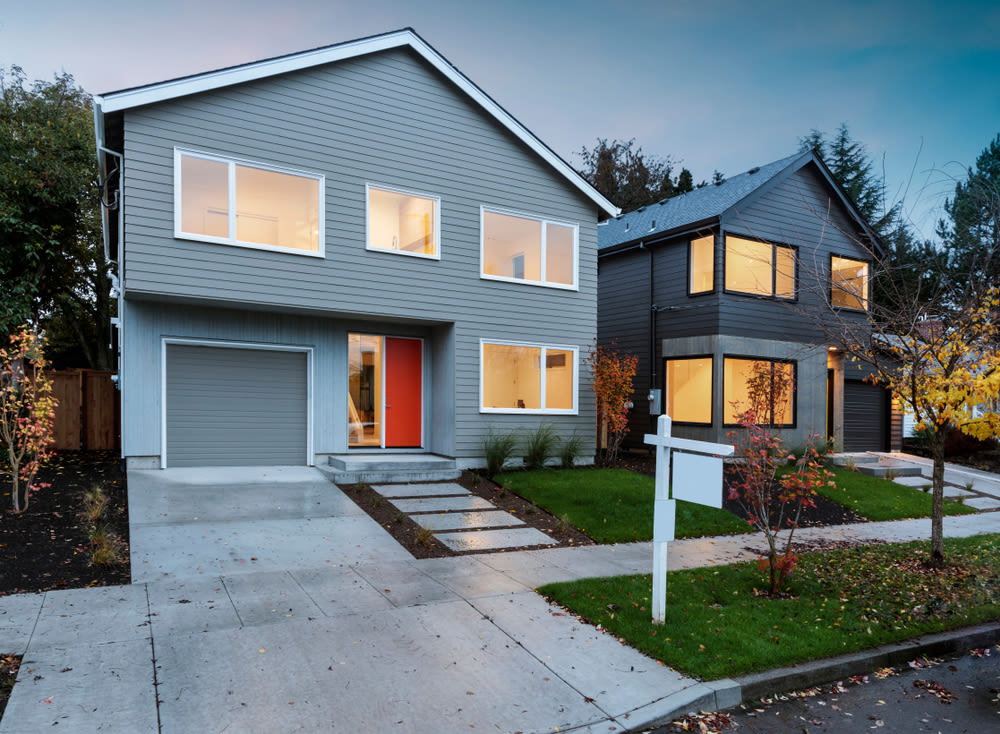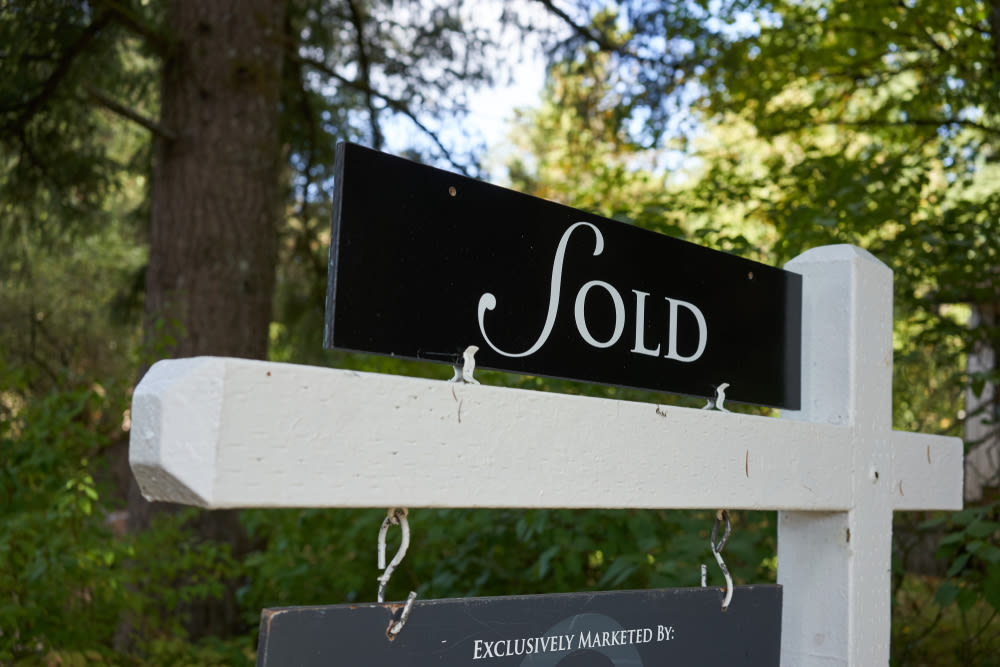Once De Rigueur, For-Sale Signs May Be on Their Way Out

For sale signs in front of homes could be headed for extinction.
Image: David Papazian/Shutterstock
First, they came for the love letters.
Now, for-sale signs, which once dotted city blocks on the regular, are on the real estate chopping block—and not just because inventory for home buyers in Portland proper is at near-record lows.
Part of the reason is technology, real estate agents say. The days when people drove up and down the blocks of neighborhoods where they wanted to live, hoping to spot a for-sale sign, are long gone.
Instead, these days, potential buyers walk into a house already knowing everything about its floor plan, its appliances, and the small details that can tip the decision to make an offer, from leaded-glass windows to raised garden beds, thanks to technology, the use of which has only accelerated during the pandemic.
“It’s more important than ever to have great photos, great video, a 3-D walk-through. When I go out with my clients, they know exactly what that room is going to look like,” says Calle Holmgren, owner and cofounder of Friday and Company in Portland. “The actual time spent inside is much smaller than it used to be. People have made up their minds before they get there. Before, we would have information that they didn’t have. Now, they have the same information, or many times they know even more about the homes. Our job now is to make sure it is a good investment and they get their offers accepted.”
The other reason for-sale signs might soon go by the wayside is a little grimmer, says Aimee Virnig, a principal broker with Windermere Realty Trust. In the past year, she and others say, putting out a for-sale sign is like signaling that a home is empty, and has led to more break-ins than in previous years.
That’s especially tough if the home is staged, and has resulted in some losses for staging companies. Joanna Ontiveros, who owns Portland-based Linen and Thyme Staging, says of the five or six homes she’s staged that have had break-ins this year—most of them in close-in east-side neighborhoods, like Irvington and Laurelhurst—there are two distinct types of break-ins.
In the first, she says, basic household necessities get taken, like linens and towels and kitchenware items—she’s guessing, she says, by people in need. In the second, thieves have targeted higher-ticket items, like lamps or rugs or artwork.
“I have to say, it is shocking when it happens,” Ontiveros says. “You feel violated. Five or more years ago, I remember a little rash of them, maybe three. And then they stopped, until this past year.”
In each case, she says, she’s replaced the items lost, but it all adds up, particularly for a small business. (Ontiveros has two employees and also regularly hires movers.)
Another item that used to act as a signal that a home was on the market and possibly vacant that’s on its way out is the front-door lockbox, Virnig says. Now, it is hidden away. In its place: yet more technology.
“Prepandemic, you’d get instructions for a house that was vacant with a lockbox and you could just show up. That never happens anymore,” she says. “Most Realtors now use an app called Showing Time, where you block out a 15- to 30-minute appointment.”
These days, she says, whether to hang out a for-sale sign is a client-by-client decision.
“And generally, with a vacant house, we are not going to put a sign up,” she says. “I think the real buyer is going to have come to the listing online.”




